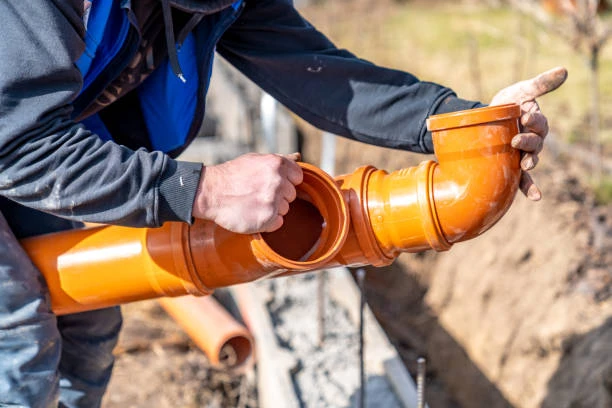Recent research has unveiled compelling evidence that plastic fittings can have lifetimes exceeding 100 years. This revelation is significant for various industries, including plumbing, construction, and infrastructure. Understanding the durability and longevity of plastic fitting is crucial for making informed decisions regarding material use in projects.
Understanding Plastic Fittings
Plastic fittings are essential components used to connect pipes in plumbing and drainage systems. Made from materials such as polyvinyl chloride (PVC), polypropylene, and polyethylene, these fittings offer a range of benefits over traditional metal fittings. Their lightweight nature, resistance to corrosion, and ease of installation have made them increasingly popular in both residential and commercial applications.
Why Longevity Matters
The longevity of plastic fitting is particularly important for several reasons:
- Cost-Effectiveness: While the initial investment in high-quality plastic fitting may be higher than that of lower-quality alternatives, their extended lifespan means lower replacement costs over time.
- Sustainability: Durable fittings reduce the need for frequent replacements, thereby minimizing waste and the environmental impact associated with manufacturing and disposing of plumbing materials.
- Reliability: Long-lasting fittings contribute to the overall reliability of plumbing systems, reducing the likelihood of leaks and failures.
Findings from the Meta-Study
A recent meta-study compiled data from various research papers, field studies, and real-world applications to assess the longevity of plastic fitting. Here are the key findings:
1. Durability Under Stress
The study showed that plastic fitting withstand mechanical stress, thermal fluctuations, and chemical exposure much better than previously assumed. This durability is essential in both residential and industrial settings, where fittings must endure varying pressures and environmental conditions.
2. Resistance to Corrosion and Degradation
One of the standout features of plastic fitting is their resistance to corrosion. Unlike metal fittings that can rust and degrade over time, plastic fitting maintain their structural integrity, even in harsh environments. This characteristic is particularly beneficial in plumbing systems that carry water with varying pH levels and chemical compositions.
3. Extended Lifespan
The meta-study found that high-quality plastic fitting, when installed correctly, can exceed lifetimes of 100 years. This finding challenges previous notions about the durability of plastic materials and emphasizes the need for industry stakeholders to reconsider their material choices.
4. Low Maintenance Requirements
Due to their robust nature, plastic fitting require significantly less maintenance compared to their metal counterparts. This low-maintenance aspect can result in considerable savings for property owners and managers, as there are fewer repairs and replacements needed over time.

Industry Implications
The implications of these findings are profound for various industries. As the construction and plumbing sectors increasingly prioritize sustainability and cost-effectiveness, the adoption of plastic fittings is likely to rise.
Construction Sector
In the construction sector, the use of plastic fittings can contribute to building longevity and sustainability. By incorporating durable materials, builders can create structures that require less maintenance and have a smaller environmental footprint.
Plumbing Industry
Plumbers can benefit from the increased reliability and ease of installation that plastic fittings offer. With a longer lifespan, these fittings can enhance the overall performance of plumbing systems, leading to happier clients and reduced callbacks.
Infrastructure Projects
For large-scale infrastructure projects, the durability of plastic fittings can lead to significant cost savings over the long term. Their resistance to corrosion and chemical exposure means that they can be used in a variety of environments without the same level of concern for maintenance and replacement.
Conclusion
The evidence supporting the longevity of plastic fittings is a game-changer for various industries. As we move towards more sustainable and cost-effective solutions, the findings from the meta-study underscore the importance of choosing durable materials that can stand the test of time. Embracing high-quality plastic fittings not only leads to better-performing systems but also contributes to a greener planet.
FAQs
1. What are plastic fittings?
Plastic fittings are components used to connect pipes in plumbing and drainage systems, made from materials like PVC, polypropylene, and polyethylene.
2. How long do plastic fittings last?
According to recent studies, high-quality plastic fitting can last over 100 years when installed correctly.
3. What are the benefits of using plastic fittings?
Plastic fittings are lightweight, resistant to corrosion, cost-effective in the long run, and require less maintenance compared to metal fittings.
4. Are plastic fittings environmentally friendly?
Yes, their longevity and lower replacement rates contribute to reduced waste and a smaller environmental impact.
5. Can plastic fittings be used in all plumbing applications?
While plastic fitting are versatile and suitable for many applications, it’s essential to choose the right type of plastic fitting for specific requirements, such as temperature and pressure conditions.